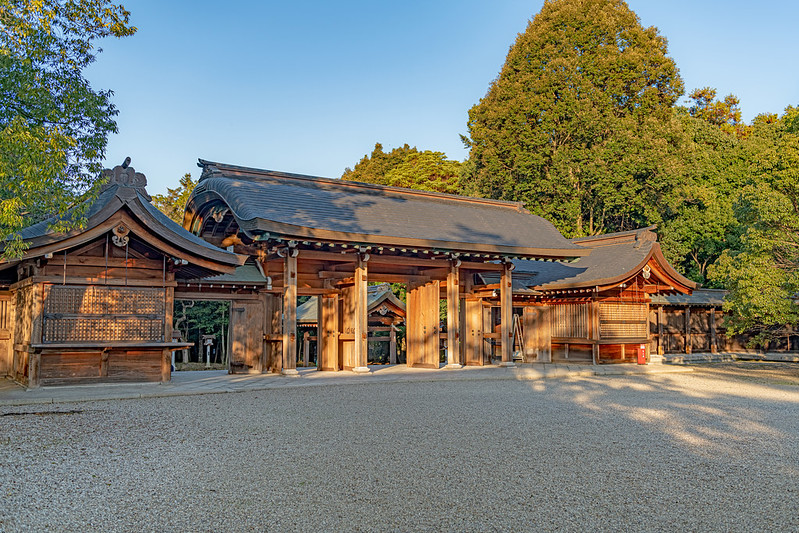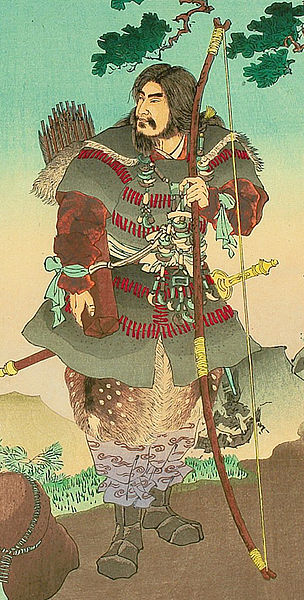
Emperor Jimmu: The First Emperor of Japan
The sun goddess Amaterasu is said to have brought order to Japan after its creation through a cosmic union of male and female great spirits, or kami. According to Shinto belief, the universe constantly strives towards order, not chaos, and the establishment of the imperial system can then be directly related to the concept of order.
In Shinto belief, Jimmu was a direct descendant of the sun goddess, Amaterasu. She had a son named Ame no Oshihomimi no Mikoto who in turn had a son named Nigini-no-Mikoto. Amaterasu sent her grandson Nigini to the Japanese islands where he met and married Princess Konohana-Sakuya. Their union produced three sons, one of whom was Hikohohodemi no Mikoto (Yamasachi-hiko) who married Princess Toyotama, the daughter of the Japanese sea god and brother of Amaterasu. The marriage of Hikohohodemi no Mikoto and Princess Toyotama produced one son named Hikonagisa Takeugaya Fukiaezu no Mikoto. He was abandoned by his parents and raised by his mother’s younger sister, Princess Tamayori, who he later married. They had four sons; the youngest was Jimmu. From him, the lineage of all the past and present emperors of Japan can be traced.
Woodblock print of Emperor Jimmu by Ginko Adachi.
According to the Kojiki and Nihon Shoki, Emperor Jimmu was born on February 13, 711 BCE and died on March 11, 585 BCE. As the legend goes, Jimmu and his older brothers were born in Takachiho, the southern part of Kyūshū (modern day Miyazaki prefecture). His brother, Itsuse no Mikoto, initially led the migration and brought the clan to the east. During his travels, Itsuse no Mikoto was killed in a battle at the hands of a local chieftain, Nagasunehiko. Jimmu took over and with the guidance of a three legged crow, Yatagarasu, reached Yamato where they again battled Nagasunehiko but won this time.
Kashihara Shrine
Jimmu’s legacy is the special bond among ruler, land, and people that made governing the land more stable. During the Tokugawa bafuku, as the military ruled Japan and the Shoguns exercised power, the Emperor was still revered and remained the unquestionable sovereign until only at the end of World War II when his divinity was renounced. In 1889, Kashihara Shrine was established in Nara Prefecture, in the spot where Emperor Jimmu acceded to the throne. It is dedicated to him.


